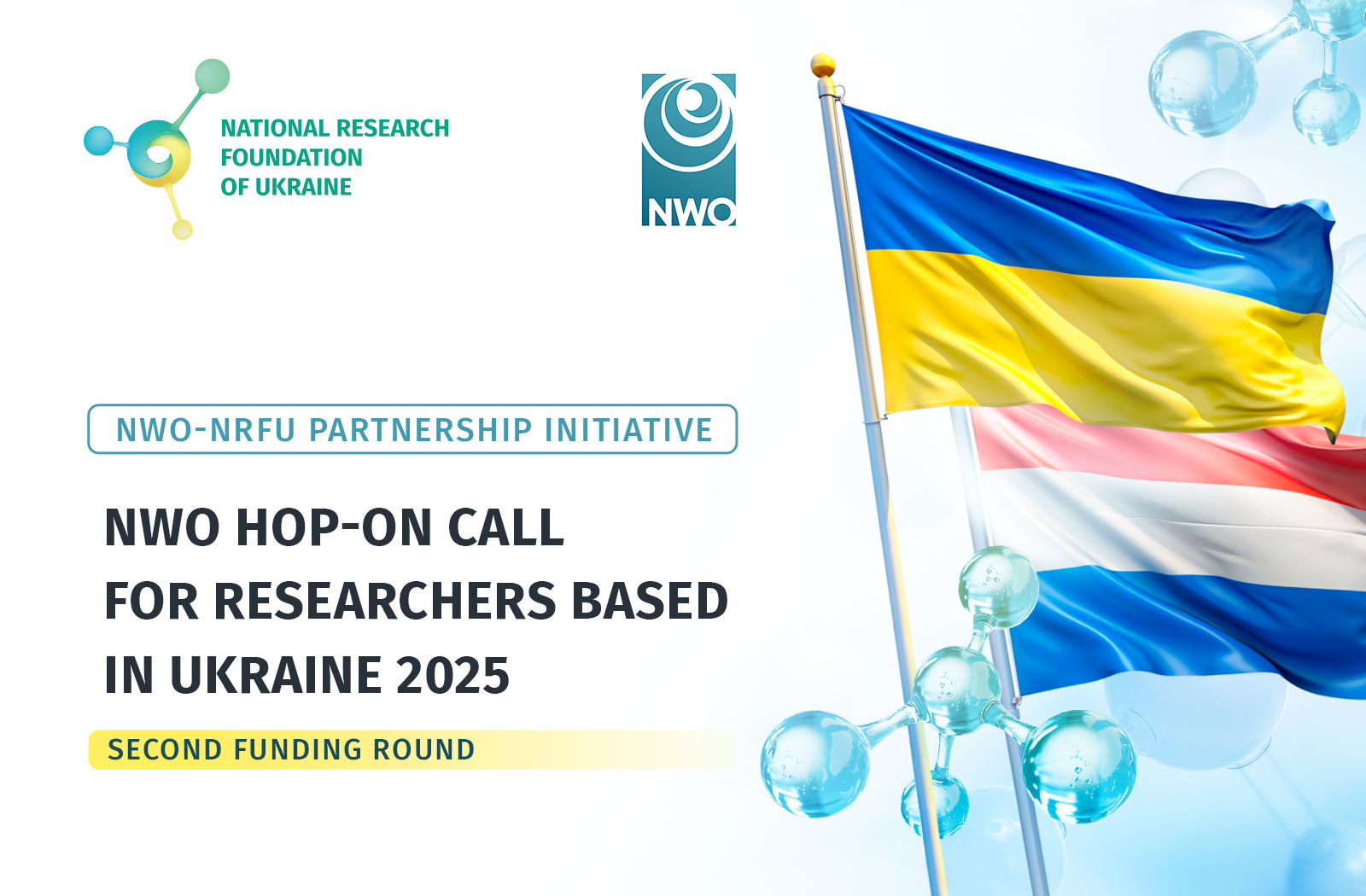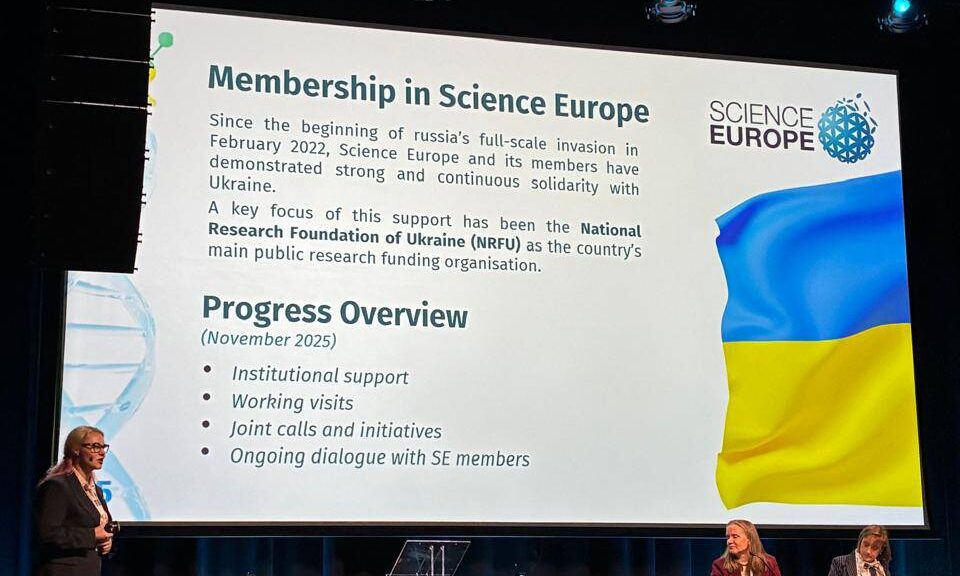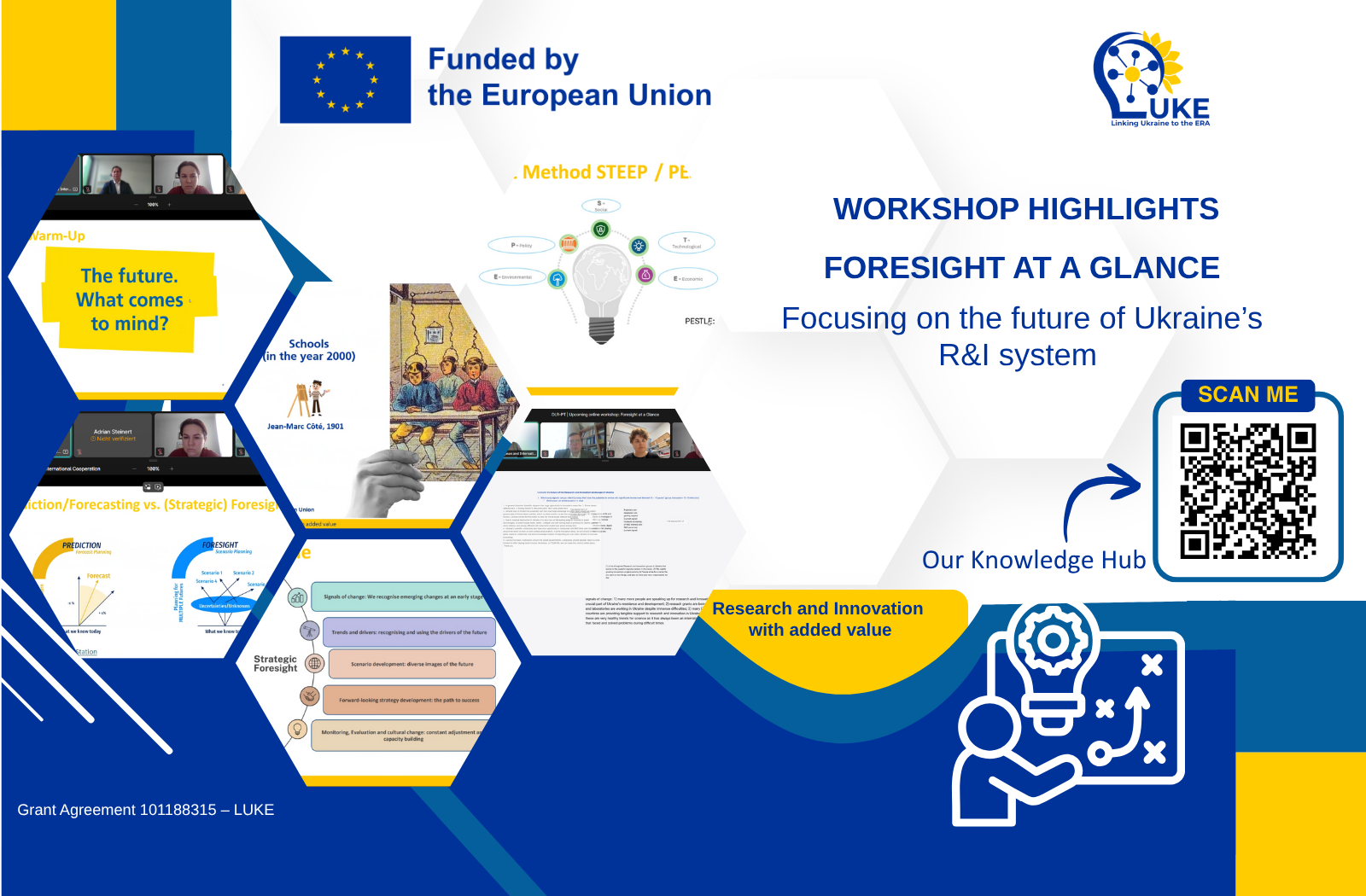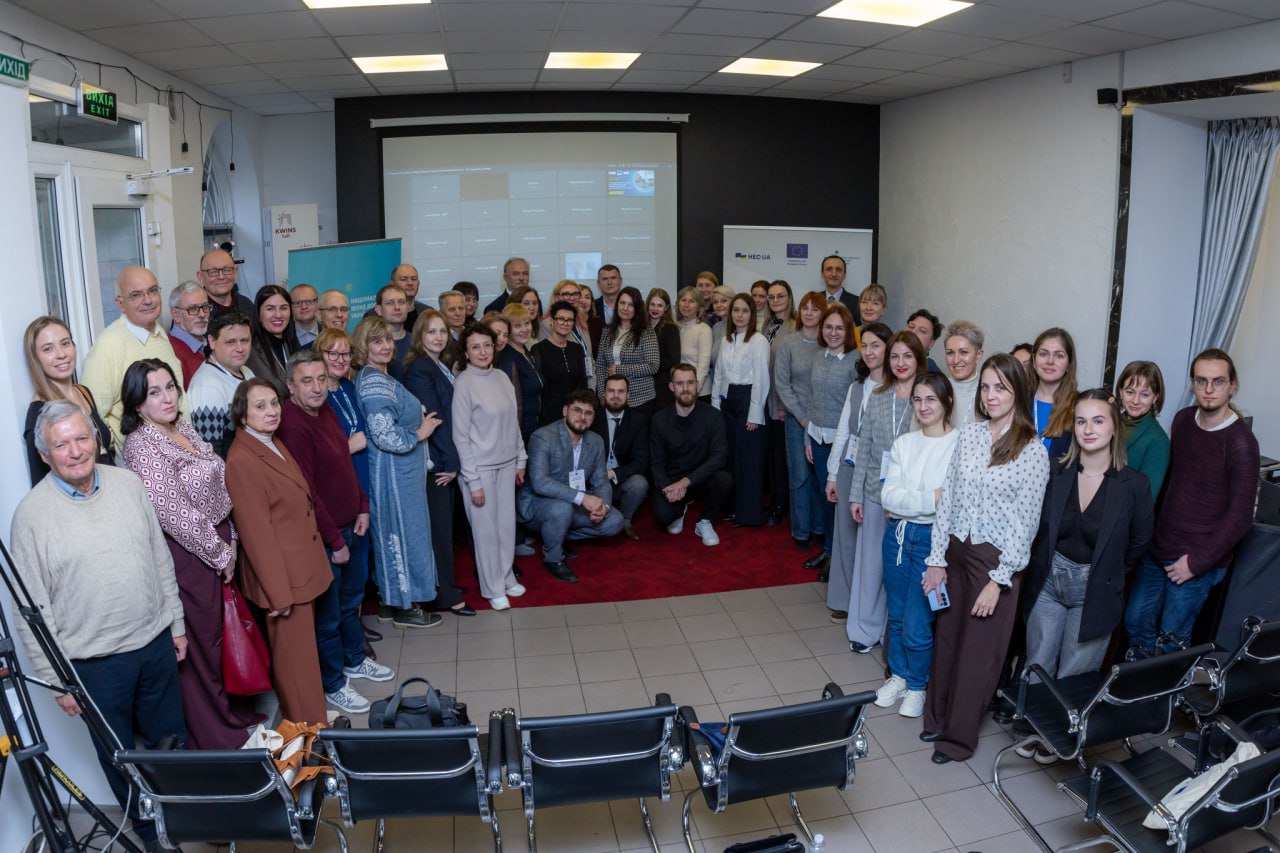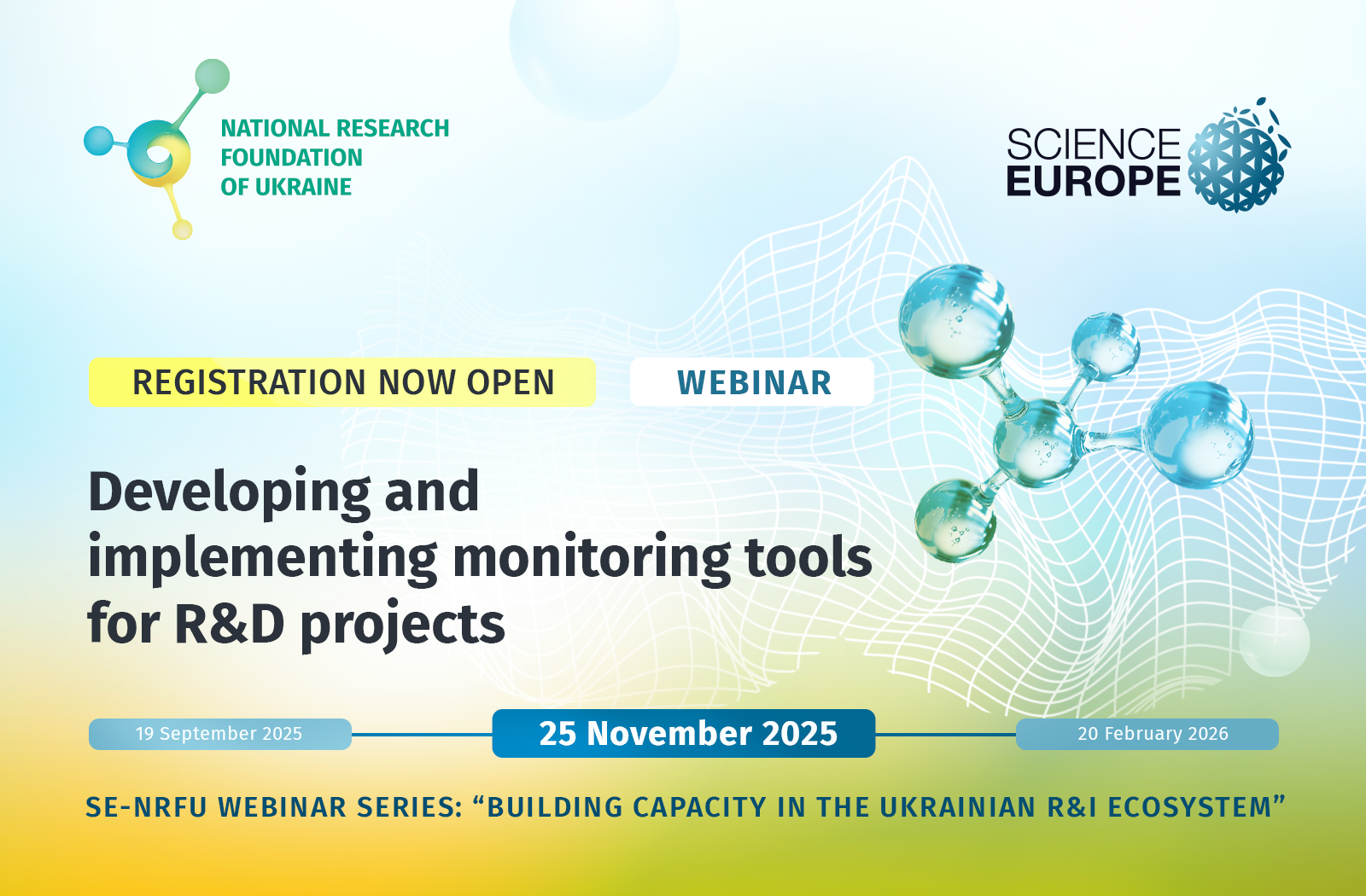Since the beginning of the full-scale invasion, Ukrainians have learned not to be afraid of russian threats, in particular ‘blackmail’ to use weapons of mass destruction. Both the Ukrainian military and civilians are calculating threats and preparing for all possible scenarios. Researchers are also contributing to the development of a defense system against weapons of mass destruction.
A team of researchers from Ivan Franko National University of Lviv is implementing the project “Multifunctional organic and inorganic magnetoelectric, photovoltaic and scintillation materials” (which was selected a winner in the call “Support for Research of Leading and Young Scientists”) and has already obtained results important for the country’s defense capability.
We asked the project PI, Professor Volodymyr Kapustianyk, to tell us about the essence of the work.
“In the course of the project, materials were created, and we obtained results that are of great importance for strengthening the country’s defense capabilities and recovery. In particular, effective materials – scintillators – required for the manufacturing of ionization radiation detectors were created. These detectors are needed to form a defense system against weapons of mass destruction”, Professor Kapustianyk explained.
Scintillators are used in many industries (for instance, for the manufacturing of tomographs), but during the war the most important area of their use is protection against nuclear weapons. “We have to be prepared for any scenario, we have to build a defense system. In the event of the use of nuclear weapons or a provoked accident at a nuclear power plant, people will be exposed to intense streams of charged particles and ionizing radiation. These particles and radiation will need to be registered and identified as soon as possible,” the PI emphasized.
According to Volodymyr Kapustianyk, the principle of using the new scintillation materials obtained within the project is very simple. When a charged particle or ionizing radiation hits a scintillator crystal (or a corresponding material in the liquid state), they generate a light flash. A photodetector registers this flash and confirms the presence of a particle or radiation quantum. “Good scintillators are those that give the maximum light output and the shortest luminescence time. Short – because many particles need to be registered one by one: first, second, third… It is also important for the scintillator to be as efficient as possible, so that in order to register one particle several tons of material, figuratively speaking, were not required”, the researcher noted.
These characteristics were used to search for new materials. A few that can be used in the form of a single crystal, thin film, or micro composite were found at once. At the same time, the project participants developed new thermochromic micro composites that are extremely sensitive to low doses of ionizing radiation. When exposed to radiation, the materials change color and can be used in individual sensors.
Also in the course of the project, materials (magnetic multiferroics) for magnetic recording of information without energy dissipation in next-generation computers were developed. In the future, they can help solve the problem of PC overheating.
“Most gadgets use the so-called magnetic recording of information”, explained the Professor. “To put it simply, during this process a current is passed through the ‘magnetic head’. Accordingly, the devices overheat. High-powered computers overheat so much that they have to be cooled with liquid nitrogen. Another principle of information recording can solve this issue. Magnetic multiferroics make it possible to record information without passing current and, consequently, without overheating.
The problem is that magnetic multiferroics usually produce the desired effect at very low temperatures (close to absolute zero). Therefore, the main task of researchers is to find materials that will have a significant magnetoelectric effect at temperatures close to room temperature.
The project team has made significant progress in solving this issue: the researchers have discovered a magnetoelectric effect at minus 23 degrees Celsius. “The next task is to find magnetic multiferroics that will work at higher temperatures. This is extremely important for the defense industry, as our soldiers use computers to control artillery, drones, etc.”, emphasized the PI.
Unfortunately, in 2022, funding for the project was suspended (the NRFU funds were allocated for the country’s defense), but now the researchers continue their work again.
In 2023, the researchers also plan to obtain and study materials for the manufacturing of new types of solar panels. According to their plan, these panels can be used as mobile/autonomous energy sources during hostilities, blackouts, and in the recovery of the country. “Technologies of solar panels manufacturing are very complex and the cost is high. We propose to replace expensive and complex elements based on semiconductors with ferroelectrics (which can generate a photocurrent when exposed to light). This will make the panels manufacturing easier and cheaper”, said the PI.
To achieve this goal, researchers need to overcome many obstacles. In particular, they need to figure out how to ‘transit’ bulk single crystals (which have very low energy transition efficiency) into thin films. “We set ourselves the task of either finding new, much more efficient ferroelectrics or optimizing the characteristics of already known materials”, added Volodymyr Kapustianyk.
The project is being implemented by a highly professional team that, in addition to research tasks, is solving many other issues. For instance, they are trying to compensate for the absence of two researchers who are defending Ukraine on the front and a researcher who went abroad in the first days of the full-scale war.
“We are not complaining”, the PI emphasized. “The guys are fighting, and we are doing our best in the rear. Our team consists of both experimenters and theorists. Experimenters grow crystals, produce nanosystems, and study their properties, while computer modeling experts predict the properties of new materials. This balance of theory and experiment is very useful. In addition, we must be a team, each member of which cares not about their status but about the overall result. We hope we will succeed”.
Interviewed by Svitlana Galata


